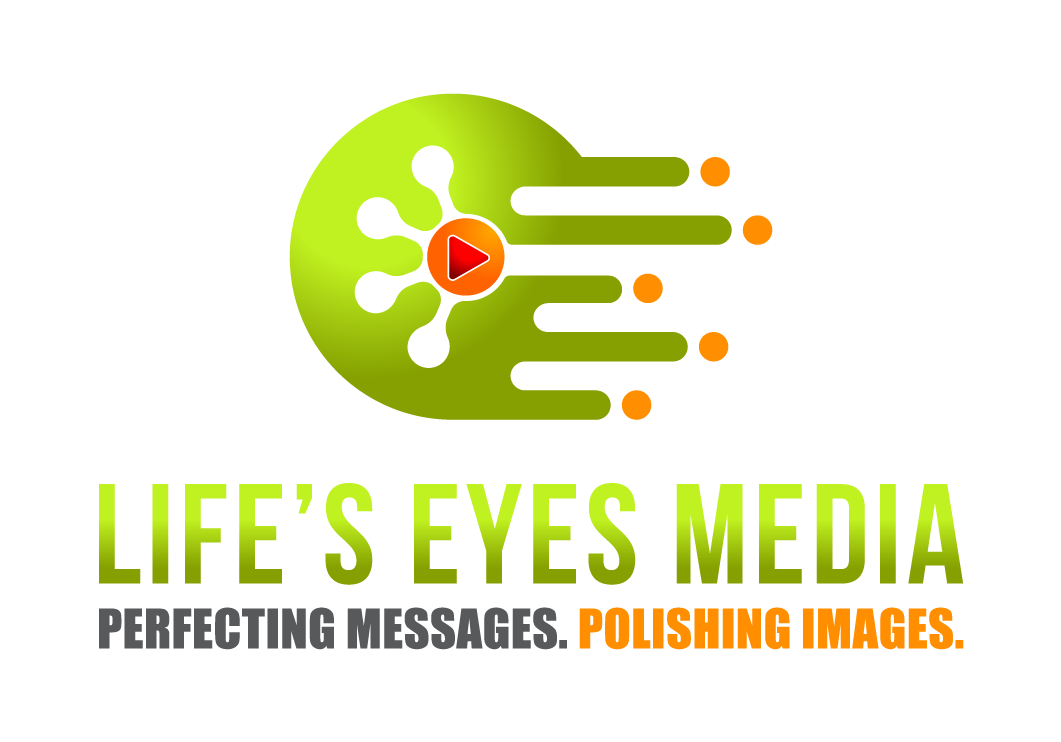
YouTube viewers hail from all demographics.
We spend a good deal of time in this space singing the praises of video. And for good reason. There simply is no medium more effective at increasing sales, leveraging engagement, and supercharging brand. But what in the world do you do when your organization spends precious resources on professional video, places it on the most penetrative online video platform, and…nobody watches?
1. Understand the channel, and capitalize. YouTube has more than a billion users…almost a third of all people on the Internet. It’s a very big place. And while that “bigness” can add muscle to your message, it can also make it hard to get noticed…unless you know why people go to YouTube in the first place. They want to be entertained, informed, or educated. So your video needs to be entertaining, informative, or educational…and a real win is when it’s all three. Put yourself…and your video vendor…in the shoes of your audience every step of the way. You’ll draw more eyeballs in the end.
2. W-I-N with S-E-O. Search engine optimization or SEO matters…more than we’d probably like, and more every day. Bottom line: choose to do video SEO well, or don’t choose online video. For guidance on SEO see here. To make your YouTube video as easily searchable as possible, give it a relevant, compelling title. SEO cost is high, but reasonable. Think in terms of a headline that makes your audience want to watch. Make sure to complete the video generic valtrex cost description field with a concise, interesting explanation of what your video is about. And don’t forget the tags according to a team of outreach professionals at Freshlinks. They’re the “front door” of your video… the way YouTube categorizes it. The more appropriate and relevant the tags, the more likely your video is to appear in the coveted “suggested videos” section. And last but not least, consider closed captions. Not only are they an effective way to reach hearing impaired viewers, they supply YouTube with more valuable metadata to position your video for greatest impact…and ROI. An additional benefit of closed captioning is that viewers in a setting where they can’t utilize sound on the video can continue to watch and still comprehend the message of the video. If you need some more tips, check out White Label SEO Campaigns – DFY SEO – Web 20 Ranker.
3. Promote. Promote. Promote. Organic views of your YouTube video are great, but they’re just a starting point. Paid promotion is always something to consider, but before you spend the money, get everything you can for free. Share your videos on LinkedIn and Twitter, and ask your team members, stakeholders, and supporters to do the same. Another idea is to embed the video on your company blog or a special landing page, and drive paid search traffic to it. At the end of the day, you have to consider drawing eyeballs…at the beginning. Don’t produce your YouTube video until you know exactly how you’ll ensure the greatest number of your target audience members… actually see it.
